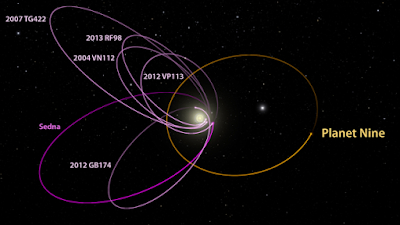On 20 January 2016, the Indian Space Research Organisation
(ISRO) and Kuwait Institute of Scientific Research (KISR) signed a Memorandum
of Understanding (MoU) on cooperation in the exploration and use of outer space
for peaceful purposes.
Highlights:
Ø
It will allow use of data from Indian Remote
Sensing (IRS) satellites by KISR for initiating a few research and application projects.
Ø
It will also enable Training and Building and
launching of remote sensing and communication satellites on commercial terms.
Ø
It will provide impetus to explore newer
research activities and application possibilities in the field of remote
sensing satellite communication satellite navigation and exploration of outer
space.
Ø
It will lead to developing a joint activity in
the field of application of space technology for the benefit of humanity.
Ø
It will lead to setting up of a Joint Working
Group from ISRO and KISR which will work out the plan of action including the
time frame and the means of implementing this MoU.




